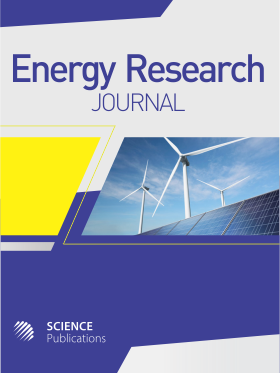Forecasting of Energy Consumption and Pollutant Emission for Road Transportation Policies Evaluation
- 1 Maejo University, Thailand
- 2 Chiang Mai University, Thailand
Abstract
Problem statement: The energy demand in Thailand has significantly increased over last ten years, particularly in transportation sector. Road transportation contributes the highest energy consumption, 38% of the total energy in the whole country, but it consumes 60% of the total energy usage in the northern region of Thailand. Various chemical pollutants emitted from the road transportation affecting to human health and global warming situations. Approach: This study applied the system dynamics model to forecast the energy consumption and pollutant emission from the road transportation and to evaluate the policies in transportation management. The model integrates five related systems: (1) the socio-economic, (2) demographic, (3) land use, (4) transportation and (5) energy consumption and pollutant emission of vehicle. Data from 2002-2009 was collected and used to forecast the system from 2010-2030. The proposed model was applied to evaluate and compare five transportation policy scenarios including road expansion, public transit incentive, land use restriction, alternative vehicle (eco-car) promoting and alternative fuel promoting. Results: The both energy consumption and pollutant emission in the study area will increase substantially if no management plans are implemented. The energy consumption will increase from 958.2 kTOE in 2010-1,144.8 and 1,369.2 kTOE in 2020 and 2030. The pollutant emission will increase from 2.983 million MTCOE in 2010-3.497 and 4.182 million MTCOE in 2020 and 2030. Among five proposed scenarios, the public transit incentive policy maximizes the goal of energy conservation. It can save 730.21 kTOE and reduce 2.23 million MTCOE per year. Conclusion/Recommendation: The system dynamics modeling approach appropriates to simulate the trend of energy consumption and pollutant emission from the transportation sector. This application could be used as the tool for planning and management the transportation in context of the energy conservation and sustainably.
DOI: https://doi.org/10.3844/erjsp.2011.6.16

- 4,448 Views
- 2,519 Downloads
- 1 Citations
Download
Keywords
- Energy consumption
- pollutant emission
- road transportation
- system dynamics
- transit incentive
- northern region
- system dynamics
- energy consumption
- public transit incentive
- alternative vehicle
- pollutant emission
